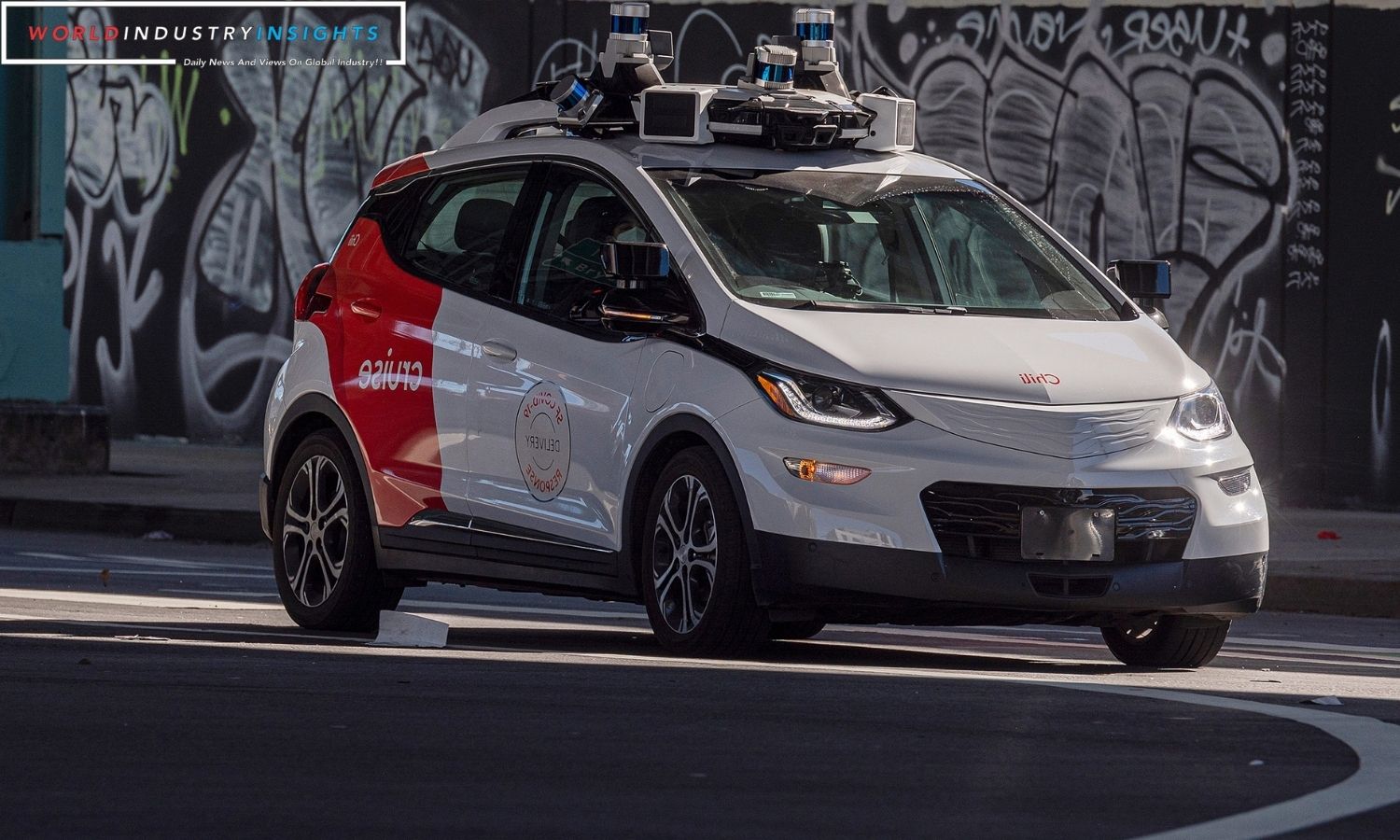Self-Driving Car Concerns: A growing concern has surfaced in San Francisco, California’s innovation hub. The California Department of Motor Vehicles (DMV), the state’s car inspector, raised eyebrows last week when it announced an investigation into a sequence of concerning incidents. Autonomous Cruise cars from General Motors (GM.N) have been involved in many high-profile incidents in recent months.
This follows an event on the city’s busiest streets. Thursday night, a Cruise robotaxi collided with an emergency vehicle. This was another self-driving automobile disaster. This began the next chapter.
As we discover more about the DMV’s warning, Cruise’s activities are clouded. Because safety is paramount, the DMV has ordered Cruise to decrease its fleet by a staggering 50%. This adjustment will likely last throughout the research and any other safety changes Cruise makes. Cruise demonstrated its commitment to responsible business by complying with the DMV. Cruise is serious about following the rules.
“The DMV has the power to suspend or even cancel testing and deployment permits for self-driving cars,” the regulator said, adding that their main priority is public safety.
From Tom Cruise’s perspective, the story changes. They say the driverless automobile entered the junction when the light was green, which was okay. As usual, fate had other ideas. On Pacific Standard Time, an emergency automobile likely headed to a location in need crashed into the Cruise vehicle after 10 o’clock.
The fact that the car noticed the impending danger and tried to slow down shows the technology’s intricacy. But the theory states that every action has an equal and opposite reaction. Despite its best efforts, the vehicle crashed.
Read More: China Economic Shifts Impact Global Markets: Focus on China’s Economic Woes
After preliminary research, the San Francisco Police Department informed the public. A fire truck with flashing red lights and loud noise was on its way to aid someone when the collision occurred. It will cause what? An emergency forced one Cruise car passenger to be taken to a neighboring hospital. We were surprised that the injuries did not kill the victim.
The California Public Utilities Commission (CPUC), another essential element of this convoluted web, made a bold judgment a week before this. Alphabet’s successful autonomous driving project Waymo got approved to operate its own robotaxis. Time and where you live are unlimited. The ordinance also allowed corporations to charge San Francisco residents for robotaxis use.
However, several doubted this daring approach. San Francisco residents and powerful groups voiced concerns. Why say what they say? The technology is wonderful, but it’s not yet ready for San Francisco’s hectic metropolitan environment.
City Attorney David Chiu repeated himself throughout the meeting. Chiu passionately asked the CPUC to temporarily halt their latest ruling so the city could reassess its options. Chiu said everything they’ve uncovered and done shows that the technology is still young. “These self-driving behemoths, especially our first responders, have sometimes accidentally hampered important operations.”
The city’s anxieties were captured in Chiu’s final words: “San Francisco is on a cliff. If this technology spreads unchecked, it might have serious consequences.
In conclusion, self-driving automobiles represent the future of transportation. Like previous pioneering efforts, this one has several issues. As Cruise and state authorities strive to figure out how to handle this delicate scenario, one thing is clear: public safety, trust, and technological expertise must work together for everyone if we want robotaxis in our cities. The only indicator of this ideal vision’s success is time.
Our Reader’s Queries
What are 3 problems with self-driving cars?
Self-driving cars have raised concerns in various areas, including safety, technology, autonomy, and social implications. While the idea of autonomous vehicles is exciting, safety remains a top priority. The technology behind self-driving cars is complex and requires extensive testing to ensure reliability. Additionally, the autonomy of these vehicles raises questions about who is responsible in the event of an accident. Finally, the social implications of self-driving cars are still being explored, including the impact on employment and the economy. These concerns must be addressed before self-driving cars become a widespread reality.
Are there any risks to self-driving cars?
Self-driving cars pose a significant risk of being hacked, which could lead to disastrous consequences. Hackers have the ability to disrupt communication between the car and its surroundings, potentially causing accidents on the road. Even more concerning, they could take control of the vehicle, manipulating its braking and steering systems. This highlights the importance of ensuring that self-driving cars are equipped with robust security measures to prevent such incidents from occurring.
What are some possible ethical problems with self-driving cars?
Self-driving cars may encounter ethical dilemmas that require quick decision-making in critical situations. This poses a potential concern for the safety of passengers and other drivers on the road. Additionally, autonomous vehicles rely heavily on data, which raises concerns about data privacy and security. These issues must be addressed to ensure the safe and secure operation of self-driving cars.
What is the failure of self-driving cars?
Safety concerns have put driverless car companies in the spotlight. Cruise, General Motors’ autonomous vehicle division, had to halt operations, while Tesla recalled 2 million vehicles due to issues with its automated driving system.


